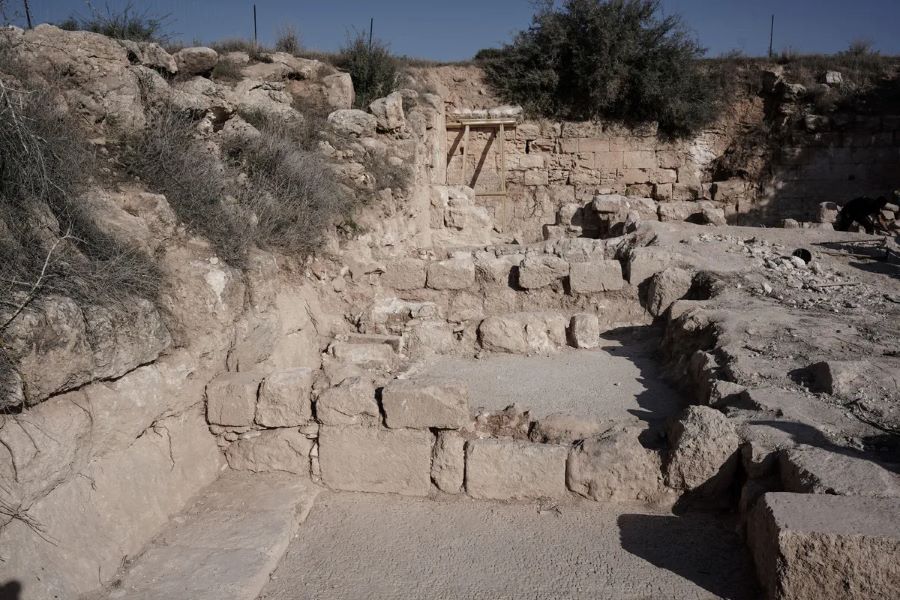Christian myth busted: “Jesus' midwife” turns to be a princess
An ancient burial cave in Israel long believed to be linked to Jesus Christ has a surprising new identity, challenging centuries of Christian tradition.
Archaeologists Nir-Shimshon Paran and Vladik Lifshits of the Israel Antiquities Authority say in their recently published research that the so-called "Cave of Salome," a popular pilgrimage site during Byzantine times, may not belong to a biblical midwife but to a royal figure from Judaea’s Herodian dynasty — possibly Salome, the sister of King Herod the Great.
More to read:
One of Ancient Greece’s most sacred sanctuaries was found by chance
The burial site, located roughly 30 miles southwest of Jerusalem, gained fame between the fourth and ninth centuries CE as a Christian shrine. According to tradition, it was associated with a woman named Salome, described in apocryphal texts as a midwife who assisted during the birth of Jesus.

Israeli archaeologists think the tomb was originally built for a wealthy Jewish woman named Salome who was confused for with an early Christian woman name Salome.
Credit: Alamy Stock Photo
However, the new study in the Israeli journal 'Atiqot suggests that this identification may have been based solely on the presence of a bone box, or ossuary, inscribed with the name “Salome” — a common name in the region during the first century BCE.
According to ResearchGate, the analysis of the cave’s monumental architecture and its luxurious surroundings points to a much higher status occupant. The burial complex includes an expansive courtyard and once-displayed ornate decorations, features that are more consistent with elite or royal tombs of the period.
More to read:
Nearly 2,220 years ago, Roman women marched to overturn an ancient law
Excavations in the 1980s also revealed remnants of nearby villas, further suggesting the site’s connection to a wealthy and powerful family. While the two scientists are cautious about the definitive identification, they noted that Salome, Herod the Great’s sister, remains the strongest candidate.
Herod ruled Judaea as a Roman client king from around 37 to 4 BCE and is infamous in Christian lore for allegedly ordering the massacre of infants in Bethlehem — a story most historians view as legend. His sister Salome played an influential role in his court and was involved in key political and familial intrigues, including executions within the royal family. She died around 10 CE.
More to read:
Archeologists discover ancient site used by Egyptian pharaoh on march to expand his kingdom
Adding to the confusion, Herod's granddaughter was also named Salome — better known from biblical accounts as the figure who called for the beheading of John the Baptist. This Salome died several decades later, in the mid-first century CE.
While the new research doesn't definitively assign the cave to either of these royal women, it casts serious doubt on the long-held Christian belief that it was the final resting place of Jesus’ midwife. Instead, the site’s grandeur and historical context point to someone of elite — and possibly royal — heritage, busting one of the deepest-rooted religious myths.



![[video] Guess who’s hiding more than 8 kilometers below the ocean’s surface?](/news_img/2025/11/13/news0_mediu.jpg)
![[video] Putin rules from shadows: Investigation finds Russian leader rarely works in Moscow](/news_img/2025/11/11/news1_mediu.jpg)


